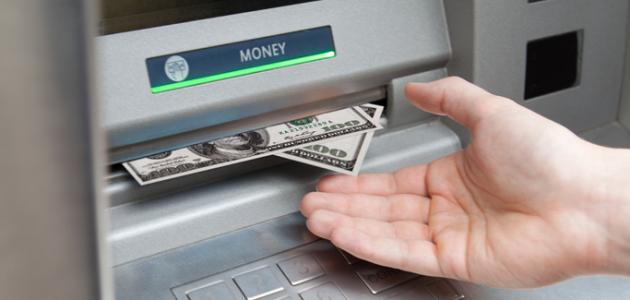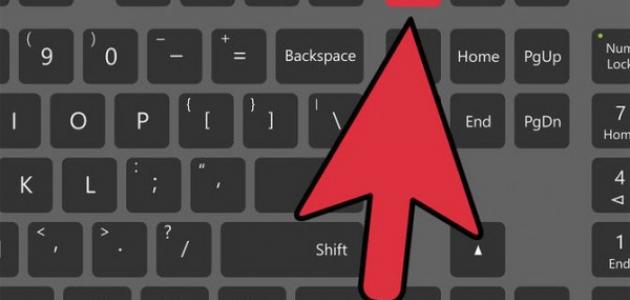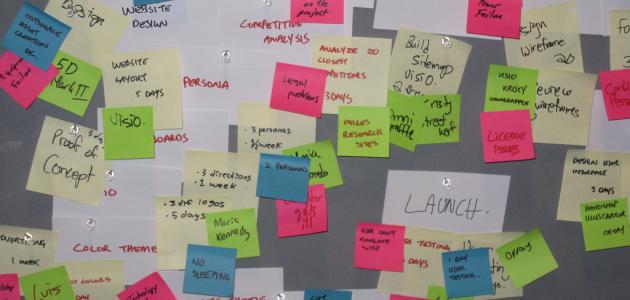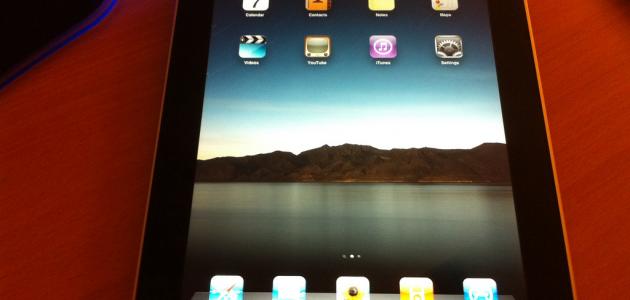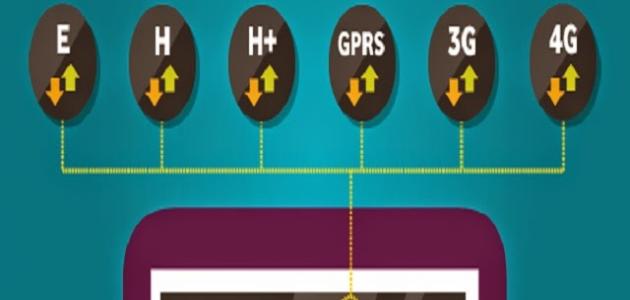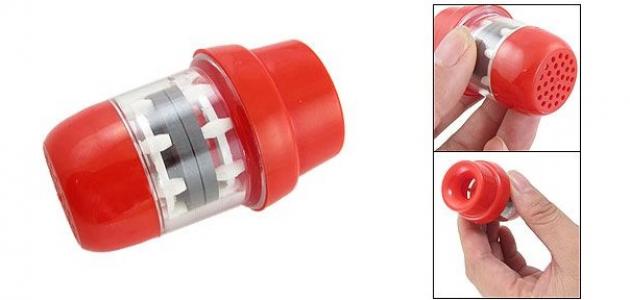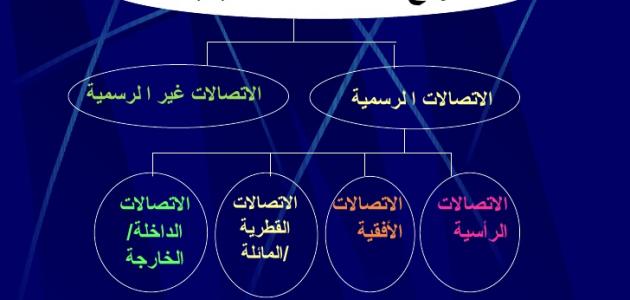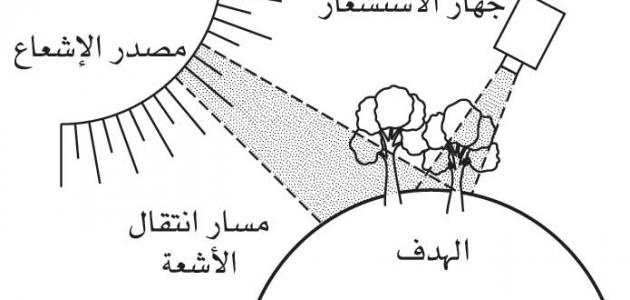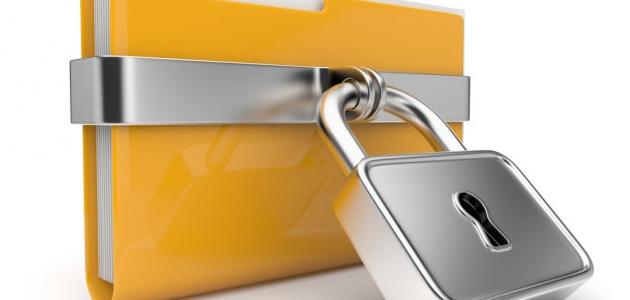ATM
It is a banking machine that withdraws, transfers, and deposits money, using a system with a high degree of security, implementing the principles of real-time systems, and is linked to a computer banking network, in a way that preserves the rights of the parties to the banking process.
ATM components
- Input modules: It means the customer's interaction tools with the machine, which are the card reader, keyboard, money deposit entrance, screen buttons, and protection systems such as cameras and alarms.
- Output units: Interactive screen, cash receipt port, cash dispensing machine, mini printer port.
- Processing units: It is the computer responsible for controlling the teller and communicating with the banking network.
How the ATM works
- The ATM receives the recipient's card, which allows it to connect to the banking network. If the card is invalid or does not meet the security specifications, it will be confiscated immediately by the ATM.
- After reading the card, the user is asked to enter the security access key, which is a secret number entered through the keyboard that must match the encrypted number that was read from the card. Other access keys are requested on some types of ATMs, such as a fingerprint or iris print.
- After the entry permit is matched and approved, a screen is displayed in the form of a dialog box with basic information that is of interest to the user, such as inquiries about the balance, withdrawal, deposit...etc.
- The user performs a financial transaction, whether it is a money transfer, deposit, or withdrawal of money from the cash register. If the money is not taken after a period of time, the cashier withdraws it again to his financial incubator, canceling the withdrawal process and noting it in his database, as this procedure is considered security. To protect the user.
- When withdrawing or depositing money, it is handled by a cash dispensing machine, which contains an electronic eye whose function is to count all bills to and from the ATM, to create an account record for users when their accounts are settled, which is referred to when needed as documentation for all financial transactions.
- After completing the financial transactions, a receipt is printed showing the financial status and the transaction that was completed.
- The user's card is taken out and he is warned not to take it more than once and for a certain period of time. If the user does not take it, the card is withdrawn and confiscated by the ATM as a precautionary security measure.
